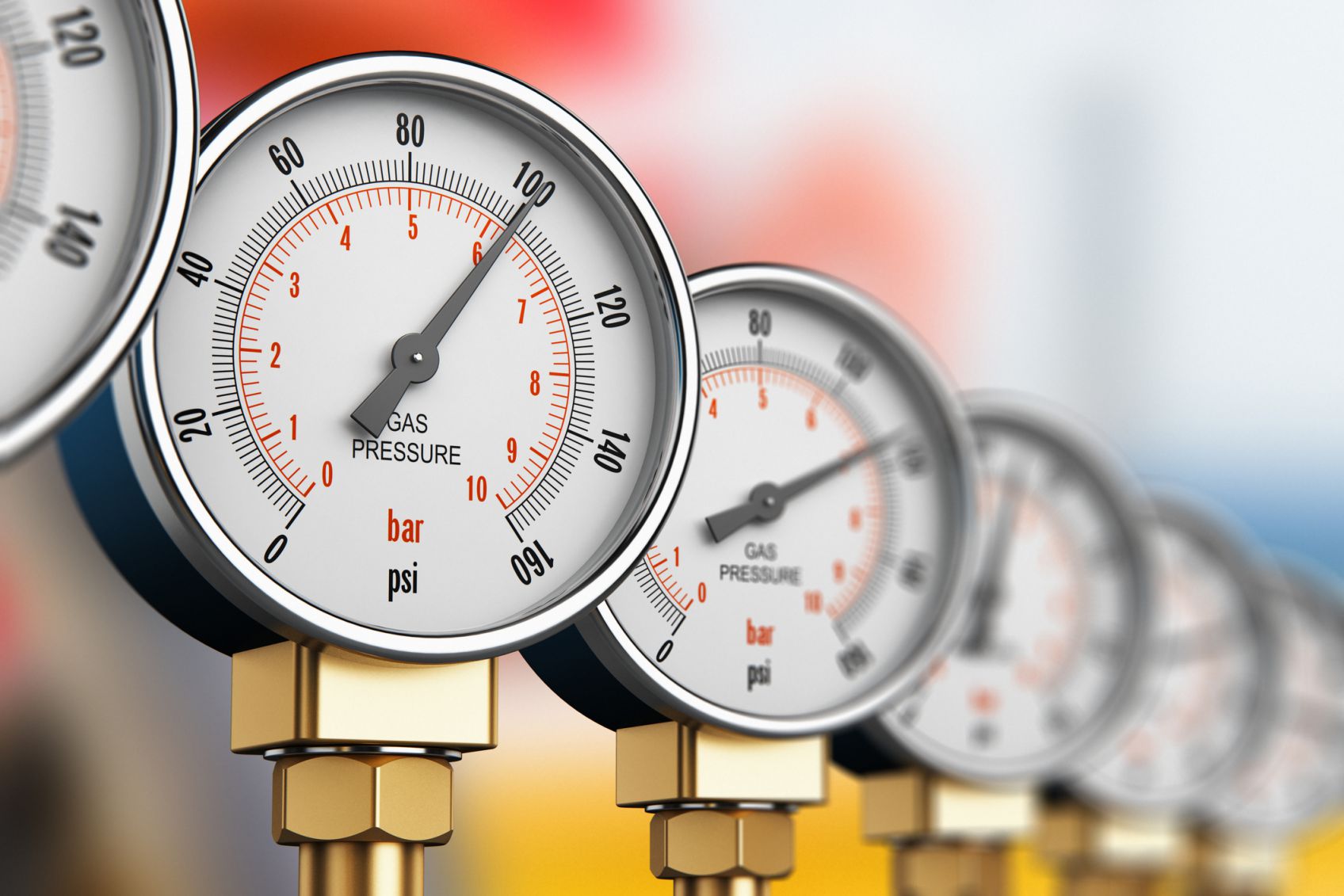To address the dust collector again there are a ton of videos that show various people's setups and they give THEIR thoughts. Some maybe backed up with science and others backed up with actual use and they share their experiences. But I found one video that sort of summed up what I was trying to tell you and again it is his opinion and mine in sort of a way that the concentration on a dust collector is not the only aspect of collecting dust in a shop. Dust collectors are designed for the large tools in the shop such as jointers, tablesaw, bandsaws and such. They move large volumes of air to collect larger chips and debris and you found with your reading that some DC have the ability to collect smaller dust particles but again are limited. The better DC are more expensive. Won't go into all the other things that go along with figuring which unit is best for your needs you are doing that. But as mentioned in that one video it is best to use a shop vac or single stage DC to directly collect the dust from smaller tools such as sanders weather drum sanders or palm sanders. Dust collectors fail doing a good job in this area because you need to decrease the size of hose running to them. Now you defeat the DC main objective. Collecting dust at the source is the best way to combat the small dangerous dust particles thrown in the air. That seems to be your main objective. Talking dust needs to be controlled at the very source such as the blade, the sanding pad and so on. So just because you set up a dust collector at the outlet the manufactorer supplies does not mean the unit is enclosed enough to keep dust from escaping as well as if you use a tablesaw the dust coming off the top of the blade is as dangerous as the dust coming off the bottom. Lot more to think about when setting up a shop. Look at all your tools that you want to connect to DC and see if they are enclosed enough to capture all that dust. Even a cabinet tablesaw is not enclosed enough.
Have you read Bill's site? Just wondering if you've read it recently or not, as it covers all of these things... Hood design, capture points, airflow at each capture point, etc. etc. etc. to make sure you are indeed capturing as much dust as you can.
No, it is not perfect. But if you get enough airflow at the right capture points for each type of machine, then you'll capture most of it. Bill's entire site is about capturing fine dust, so that your small personal woodshop could pass an EPA inspection (something most small woodshops, certainly mine right now given I don't even have a DC yet, do NOT pass, even when they appear to be pristine clean, given the stringency of EPA's requirements.)
You keep telling me its hard. Sure. It's hard. But, its also all covered on Bill's site. His entire goal, is to help small shop owners collect FINE dust, the dangerous and deadly dust (over a lifetime of exposure, which is RADICALLY high for most small shop owners), the invisible (without magnification) stuff, 10 microns and smaller, but particularly the stuff that gets deep into our lungs and even bloodstreams, 2.5 microns down to 0.2 microns.
You keep telling me its hard, and you have to address all these factors. Bill covers ALL of it... If you haven't read his site recently, you should. Its extremely thourough. Neither the 2HP nor the 3HP jet, would get the job done. Even with an upgraded filter for "fine" dust capture (which generally stops at around 0.5 microns, if it even gets below 1 micron, and is often not even 99% capture), neither machine is even close to powerful enough to capture anything more than chips and coarse dust. This is the really sad thing I now understand about the average mainstream DC, especially those with a cyclone. They are underpowered. Bill has a section of his site where he covers the amount of air a 12" impeller (most commonly used on units up to 3HP) can actually move. Turns out, a 12" impeller on a 3/4HP motor will move just about as much as an impeller that size can. Increasing the motor power won't increase the airflow much, if at all. My original question about US vs. EU "methods", is basically a way manufacturers have gotten around issues in the past where they were rating their units only unfiltered, which delivers about twice the real-world performance, if not more (depends on specific design attributes). Problem is, even the US method (i.e. ~1200CFM for the Jet 3HP unit), doesn't properly account for the losses due to the cyclone's vortex. Minimum viable cyclone DC motor power should be 5HP, and should use an impeller larger than 12" to ensure they are actually moving enough air...but you get into really expensive territory at that level...$5000 and up. (FWIW, the CV is ~$3200, and is capable of moving at least as much dust as a much more expensive 5HP or larger cyclone from common competitors, even Oneida.)
You should really re-read the site. Its quite thorough and extensive, and I think you'll find it covers the things you are trying to warn me about. I'd been there before, one page here or there. But I'd never read the entire thing through and through. Certainly not re-read any portion of it. Now that I'm reading every word, all the questions I've had about dust collection are answered quite clearly there. He covers hood designs and capture location(s) (there may in fact need to be two or more), etc. And the entire, fundamental purpose of his site, it to make sure readers end up with the knowledge to collect the find dust that gets deep into our lungs and nasal/sinus passages and wreaks so much havoc.
I had never even considered just how much silica is in wood dust, that cutting wood with say a tablesaw, when viewed in the dark, would create sparks as a result of that silica, or just how the silica creates these NASTY sharp, pronged fragments of fine dust that can permanently embed them in our lung tissues, or wreak other havoc if they get absorbed into our bloodstream. All because of the silica in wood dust. This is the dust that a conventional DC, that simply cannot move enough air from each capture point because, even at 3HP or so due to frequently undersized impellers (especially when talking about a cyclone system), will not capture well. He has mentioned the figure, 15% "at least" or "or more" many times throughout his site. This is the uncaptured fine dust that is only captured when the airflow is high enough, and also capturing from enough points around the point of dust creation.
For example, with a table saw, you need to capture from more than one point to capture it all, such as back/bottom and top. The TOTAL airflow, from all capture points combined, must total close to 1000CFM. With smaller inlets, yes, you are limited in how much CFM you can capture at a given air speed (i.e. 4000FPM...which is an industry standard, but also only for the airflow in your horizontal main lines...it is insufficient for either vertical ducts, or for proper capture volume at the source(s)). However, in the example of a table saw, his recommendations are to capture at about 550CFM from the back/bottom, and 450CFM from the top, resulting in a grand total amount of collection capacity at 1000CFM. This is his recommended MINIMUM capture volume, FWIW...further, he recommends MODIFYING stock capture ports and rigging up custom capture points to maximize where we capture and how much fine dust we are able to capture. Another potential option is to just move more air...higher air velocity will move more CFM at the point of capture, which may not require modifying the ports on any given machine.

So, you are correct, most tools ARE insufficiently ported and enclosed! But, Bill covers all of this on his site, in rather great detail. The table above shows OSHA, which is insufficient, and medically recommended airflow rates for various machines. Note how all are generally around 1000CFM, give or take. Some things are more forgiving, such as a drill press (which still creates plenty of fine dust, but the DC isn't having to overcome the velocity of dust generated off of say a high speed spinning saw blade, which will off the blade move dust and chips up to 9000FPM or so!!) For my bandsaw, I may need to modify my ports. Bill recommends ~438CFM from two ports on each bandsaw, and recommends at most two bandsaws per shop. Whether a 4" port will work, depends on whether I can get enough airflow at that device for a 4" port to work. Remember, CFM is relative to BOTH port area, AND air velocity. A 4" port is insufficient ONLY if you assume that the velocity is just 4000FPM. At 5000FPM, airflow through a 4" port jumps to 436CFM, nearly dead on for Bill's recommendation to sufficiently capture the chips and dust made and capture fine dust. I am also of a mind to include another duct that I can put on an adjustable boom or something, to capture the dust coming right off the piece of wood as I'm cutting with the bandsaw as well. These are all things that will govern what DC I get, to make sure I have enough airflow to do what I need and want to do, from the number of inlets at each machine that I end up deeming necessary to capture the fine dust.
John, I don't have any illusions that this is "easy"... You linked me in one of your first posts the best resource there is, I think, on this subject. Reading this site is informing me of what I'll need to do, to capture the fine dust. I've suffered plenty from dust and CA fumes. I know that it takes a very minor exposure, to set off my allergic reactions to these things. Once set off, it can be weeks before I am back to "normal" (which in the past, was actually still rather stuffed up and miserable), and if I'm constantly getting exposed (with as much dust as is settled in my workshop right now, its pretty much guaranteed I will be), then I'm miserable on a continual basis. I may have to modify ports, tighten up enclosures, jury-rig enclosures for things like my lathes. Fine. I enjoy a lot of that stuff anyway. Bill has plenty of resources on his site about what is necessary here, to actually capture the fine dust enough so that a small shop like mine, could pass an EPA test. That is going to be FAR cleaner than the average woodshop, and should be clean enough to meet my goal of no longer suffering because of this hateful crap floating around the air of my home. I don't need to be told its hard. I know its hard. But I'm determined.



